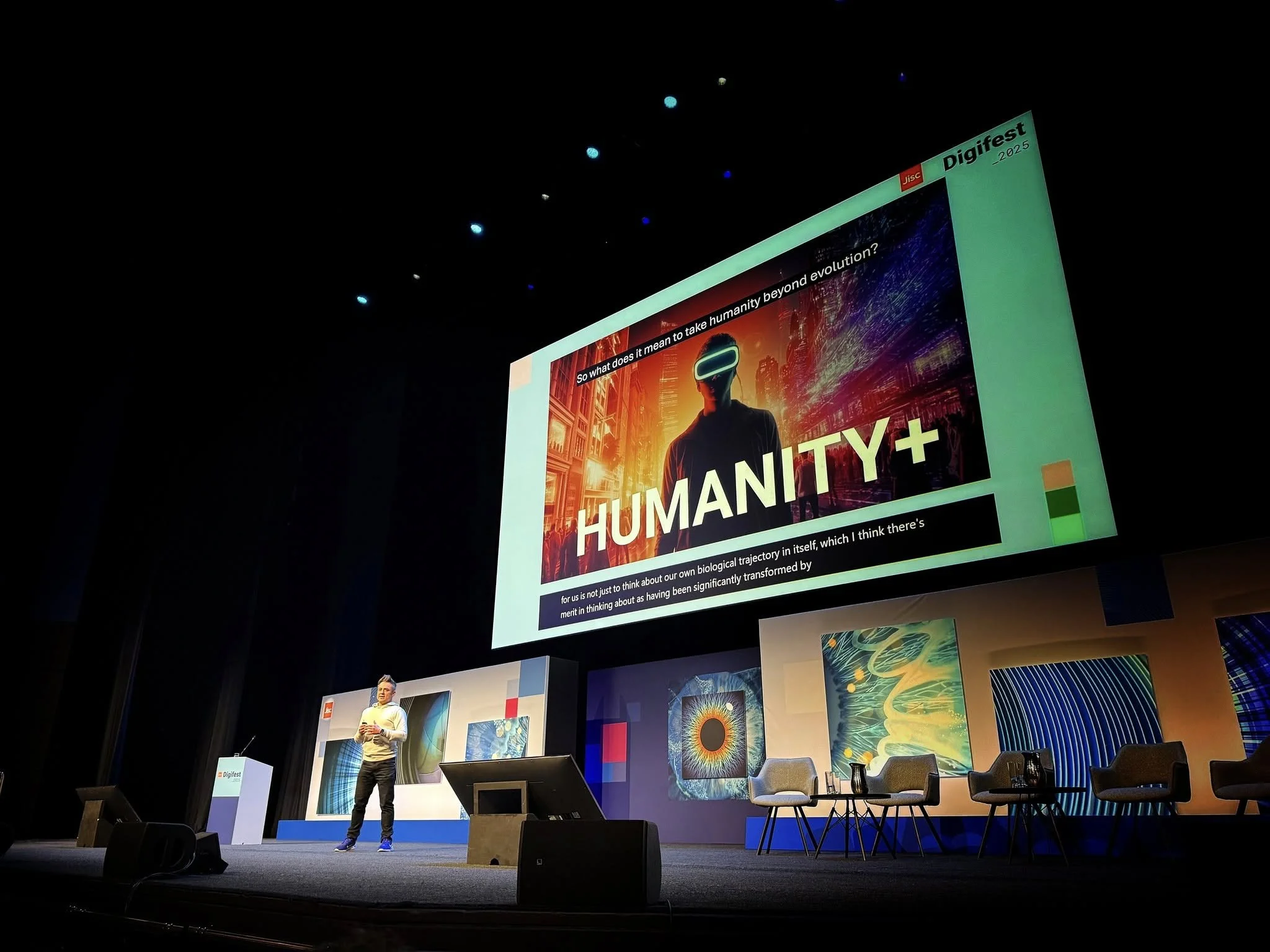
Make it stand out
What’s been happening?
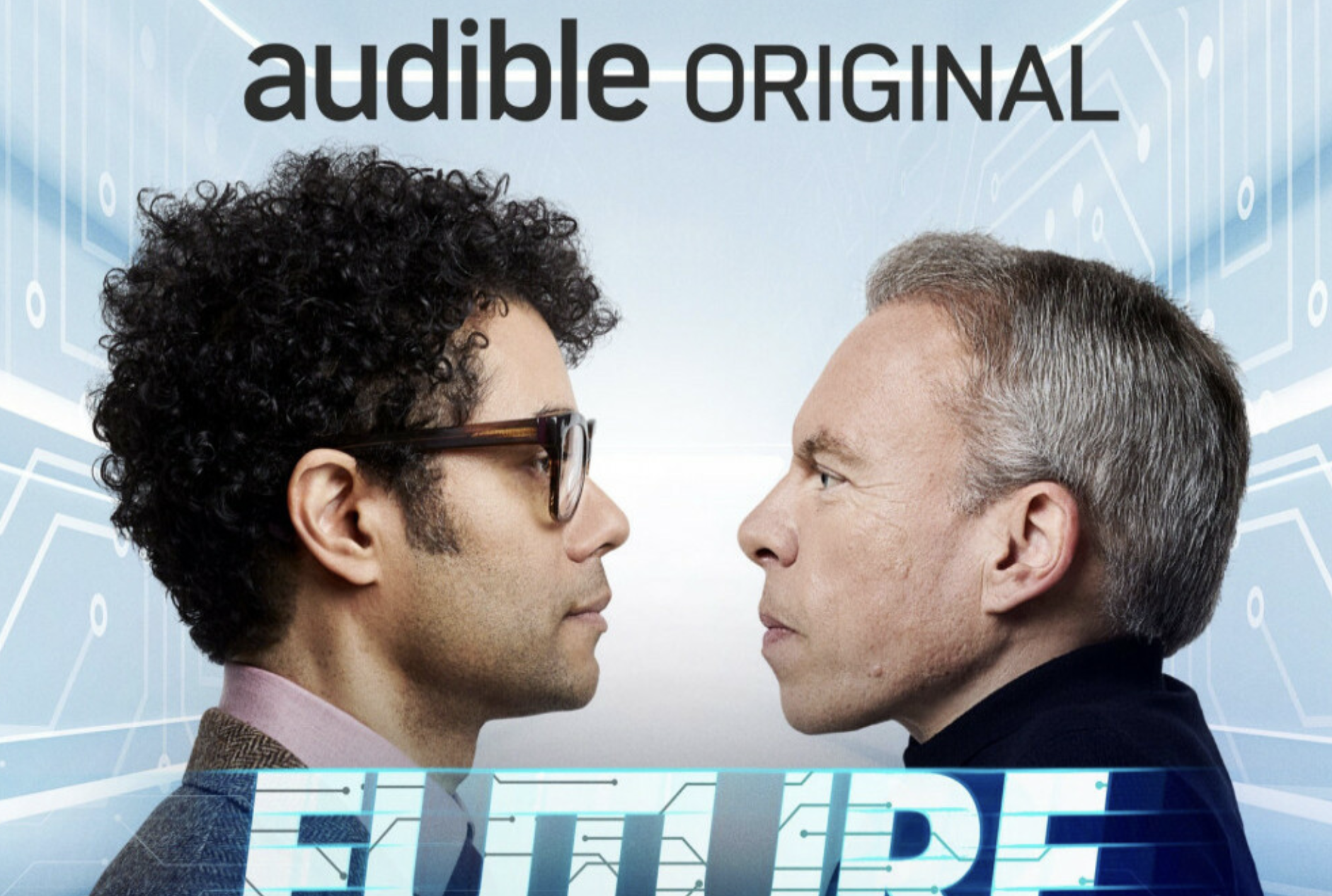
Future Tense on Audible

The Cyborg Today
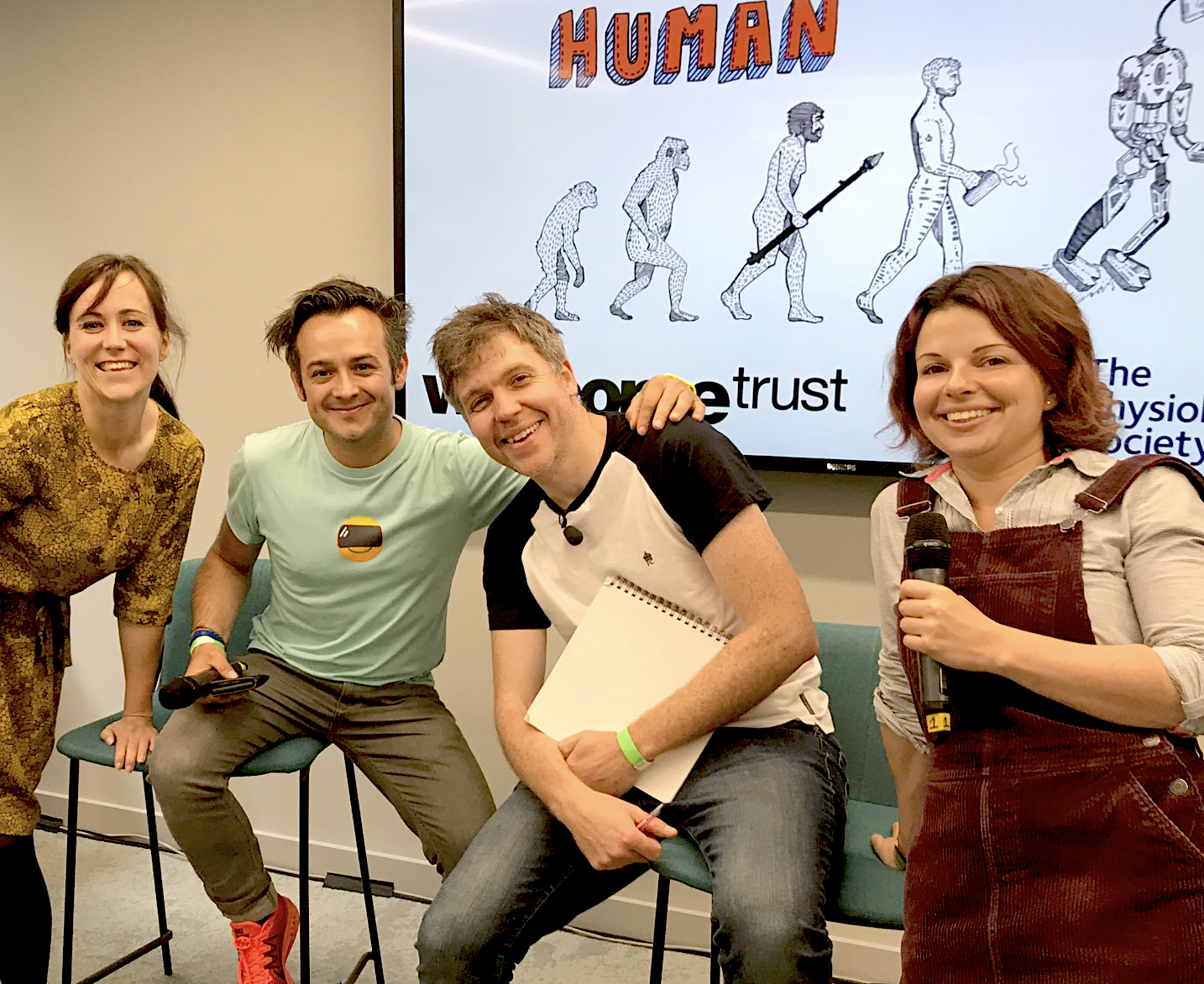
Level Up Human

What is Transhumanism ?
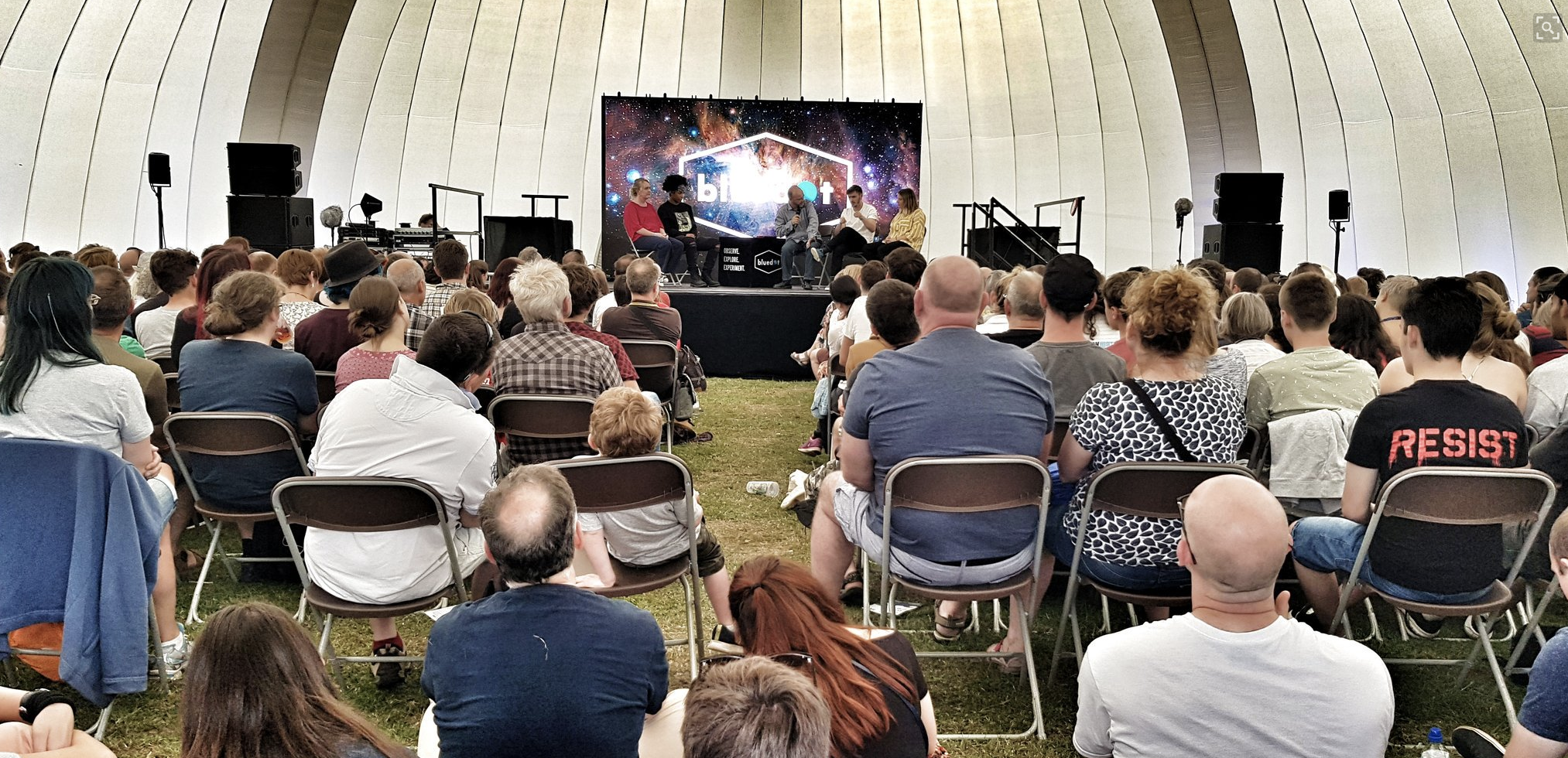
The Prospect of Immortality #BlueDotFestival

Sport 2.0 #sportfuture
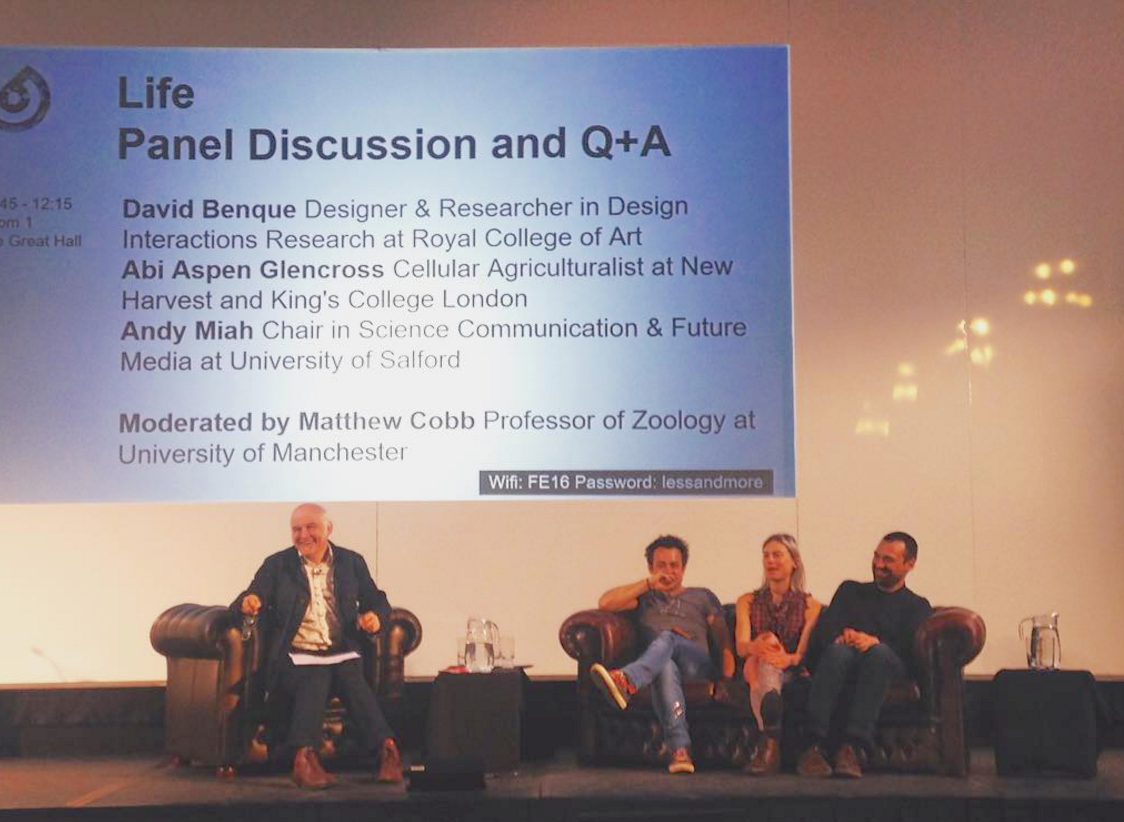
LIFE 2.0 Future Everything #Futr16

#futureday @thisisGorilla #MSF

Drones in the House of Lords
![Posthumanism & Sport [VIDEO]](https://images.squarespace-cdn.com/content/v1/563face7e4b06c325c739ba9/1447019582694-VHW41G2KHEQ4PGOG6PB7/image-asset.png)
Posthumanism & Sport [VIDEO]

Visionarios: El mundo en 2050

Justifying Human Enhancement: The Case for Posthumanity

Neohumanitas #bioethics

